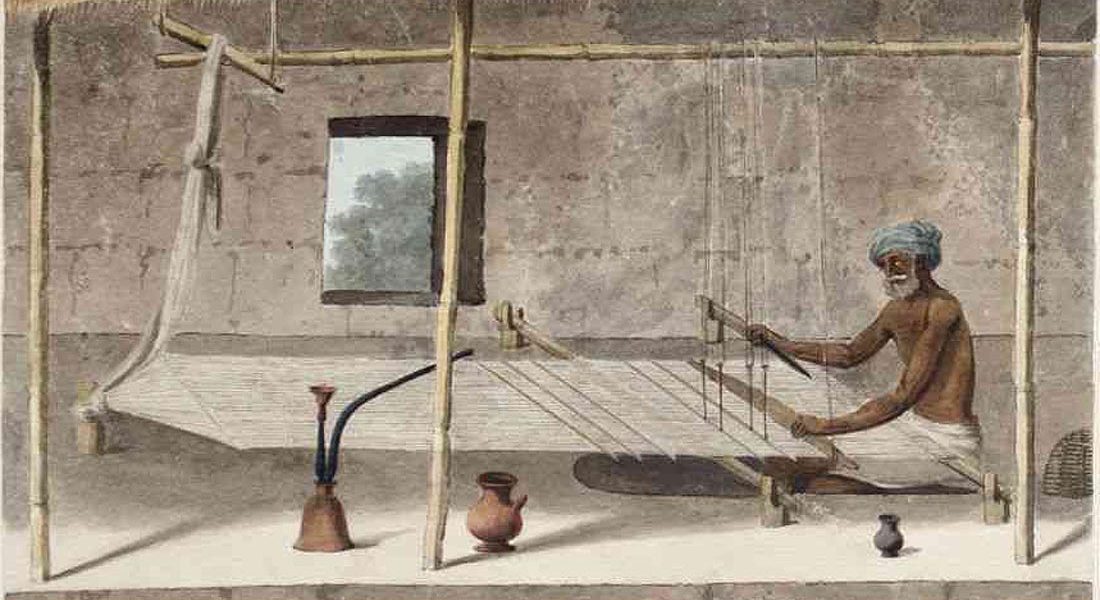Patna School of Painting or Patna Qalaam (Patna Kalam) or Company Painting is a style of Indian Painting, which existed in Bihar, India in the 18th and 19th centuries. Patna Kalam caught the connoisseurs’ eye for its clear stylistic difference and unusual use of watercolors.
For the first time, there was a rich coherence between realism and visual perspective. This style combined elements of the Mughal and British styles of paintings so well, that it was called the Feringhee Kalam (the White man’s art). The paintings were done on surfaces as diverse as paper, mica and even ivory diskettes, that were used as brooches.
Patna Kalam was the world’s first independent school of painting which dealt exclusively with the commoner and his lifestyle also helped Patna Kalam paintings gain popularity. The subjects of these paintings had always been the common man and his mundane routines.
It’s basically a miniature form of painting which has, because of its unique style and form, occupied separate shelves at art galleries in London and museums in Prague.
—
Other links:
Patna Kalam: Its Glory and Saga
बाजार और मूल्य पर आधारित थे पटना कलम के चित्र: डा. राखी कुमारी
ईश्वरी प्रसाद वर्मा: ‘पटना कलम’ के आखिरी चित्रकार
—
Folkartopedia welcomes your support, suggestions and feedback.
If you find any factual mistake, please report to us with a genuine correction. Thank you.

